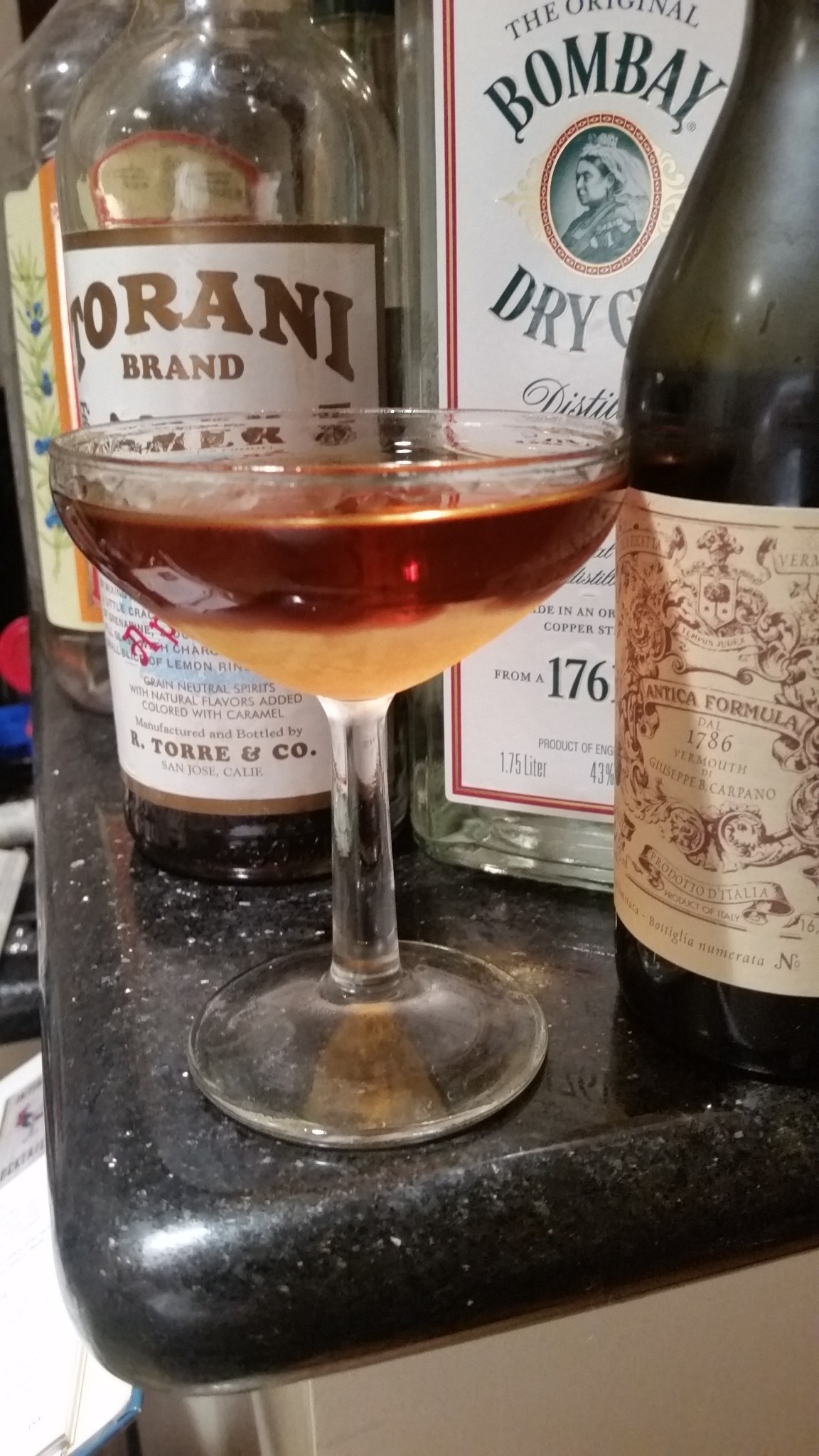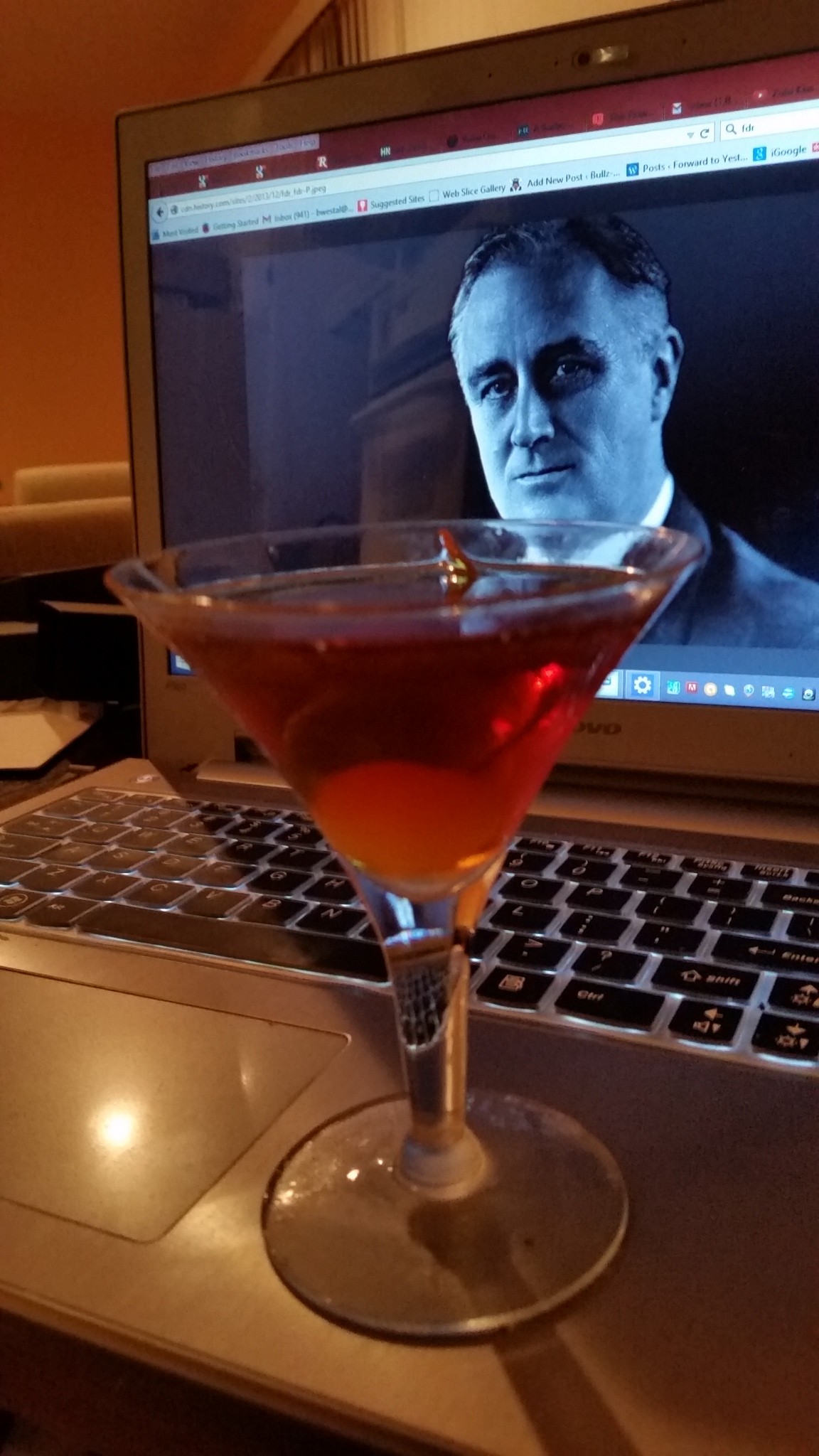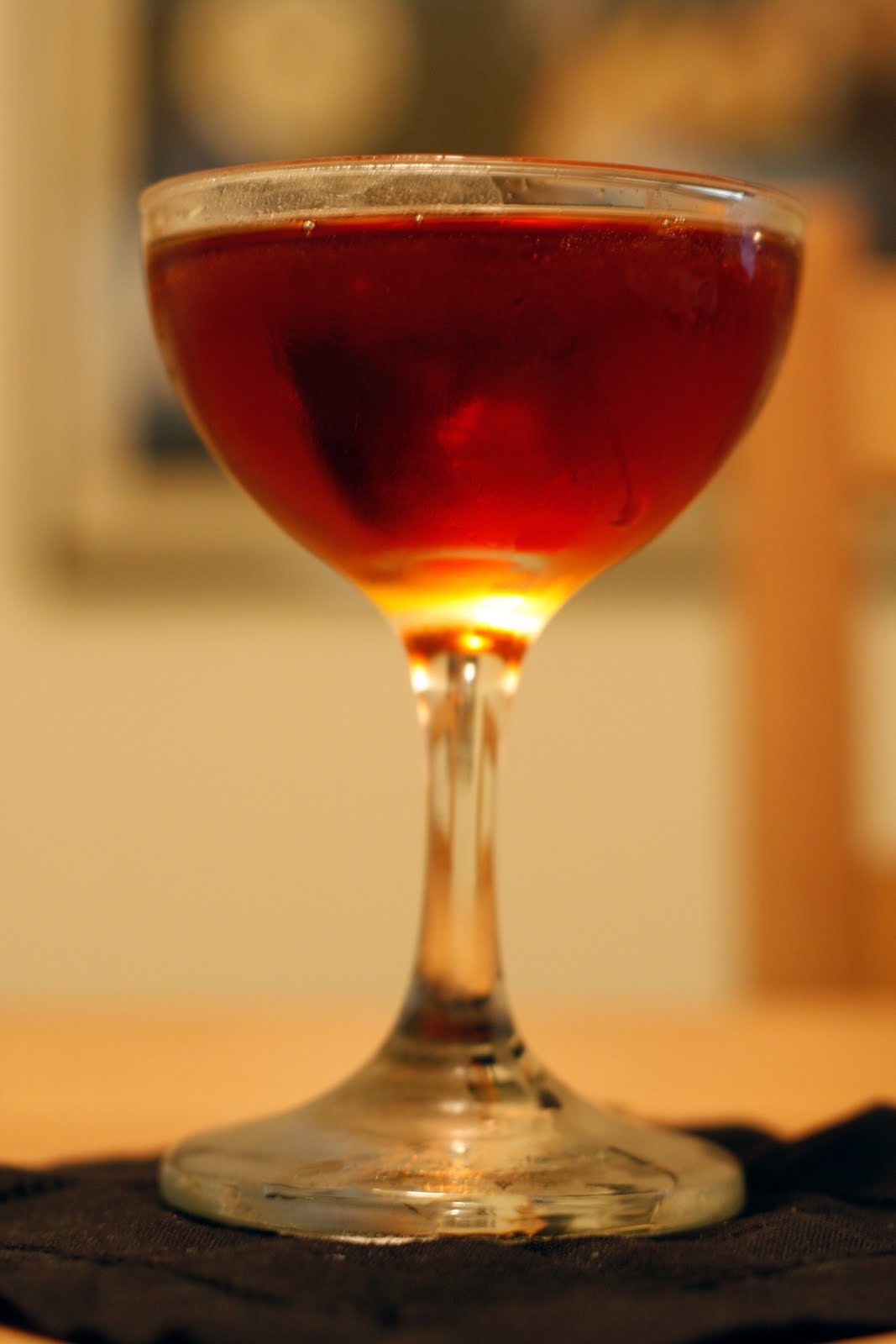 Happy New Year! By now, a lot of you are probably wondering about the wisdom of ever having another alcoholic beverage. Some of you, perhaps, are just getting started. Either way, I hope you’re having a good, but also highly survivable, first day of 2016.
Happy New Year! By now, a lot of you are probably wondering about the wisdom of ever having another alcoholic beverage. Some of you, perhaps, are just getting started. Either way, I hope you’re having a good, but also highly survivable, first day of 2016.
Apparently invented and perpetuated by Basque settlers and their descendants in California and Nevada, Picon Punch as you and I are likely to enjoy it is something of an approximation. That is because it’s traditional chief ingredient isn’t really available in the United States or, arguably, anywhere else.
You see, even if you are able to grab a bottle of Amer Picon from France, we are told, the original formula was drastically altered by lowering the amount of alcohol. If you’d like a reasonably authentic Picon Punch, your two choices are doing a great deal of research and work to try and make your own version of the now borderline nonexistent real thing, or you can do what almost everyone does and use Torani Amer. That’s an amaro manufactured by a company far better known for making the syrups that both bars and old-style indie coffee houses rely on — almond flavored orgeat, for example. Torani Amer is available here in California and perhaps nearby Southwestern states, presumably to feed the appetites of the still robust Basque community.
In other words, if you find yourself in the still largely rural areas around Bakersfield, your musical choices should be local country legends Merle Haggard and Buck Owens. Your cocktail choice might as well be a Picon Punch especially since, as booze historian Ted Haigh wrote a few years ago, nearly every bar in Bakersfield stocks Torani Amer.
Picon Punch
2 or 2 1/2 ounces Torani Amer (Amer Picon substitute)
1 teaspoon or 1 ounce brandy (float)
1 teaspoon grenadine
Soda water
lemon peel (optional garnish)
Combine the Torani Amer and grenadine in a collins or highball type glass, stir. Add soda water and ice, but leave a little bit of room on top for your brandy float. Stir again, if you like (I like) and add your brandy float. Sip and wish the world, which has such marvels as Picon Punch in it, a very happy new year.
*****
So, I basically tried two versions of Picon Punch: a super-potent iteration featuring 2 and 1/2 ounces of the nearly 80 proof Torani Amer and a full ounce of brandy on top, and a kinder, gentler variant with only 2 ounces of the Amer and a teaspoon of brandy. Both were very respectable and oddly refreshing, considering the amount of booze. The second version tasted slightly better, but I felt better after the first version.
There is another version of Picon Punch, offered by Robert Hess in The Essential Bartender’s Guide. On the one hand, it contains some lemon juice, so I guess it’s technically more of a true punch, which usually contains one or more fruit juices. Still, I gather than this nearly juice-free version is the one the Basque folks actually drink. If you’ve ever had Basque food, you know these are a people who enjoy hearty flavors. I’ll stick with their version for now.


 “Fin de siècle” is French for “end of the century, which means that we’ve all missed our opportunity by 15 years to have a Fin de Siècle at the most appropriate point possible, assuming we were old enough to drink in 2000. Or, if you want to look at it the other way, we’ve all got 85 years to work on preparing the perfect Fin de Siècle in time for 2100.
“Fin de siècle” is French for “end of the century, which means that we’ve all missed our opportunity by 15 years to have a Fin de Siècle at the most appropriate point possible, assuming we were old enough to drink in 2000. Or, if you want to look at it the other way, we’ve all got 85 years to work on preparing the perfect Fin de Siècle in time for 2100.
 The Liberal’s history goes back to before the turn of the 20th century, which means it’s probably dangerous to make any strong connections with modern day political affiliations, especially since this drink doesn’t have any particular story to go with it. When it comes to political labels, in any case, a lot of things have changed since 1895. That’s why modern day conservative writers feel like they can argue that they are the real liberals — as in libertarian — while today’s liberals are, in fact, fascists — a political affiliation that I’m pretty sure didn’t exist when the Liberal was first being mixed. Also, I think there’s maybe kind of a big difference between Benito Mussolini and Adlai Stevenson.
The Liberal’s history goes back to before the turn of the 20th century, which means it’s probably dangerous to make any strong connections with modern day political affiliations, especially since this drink doesn’t have any particular story to go with it. When it comes to political labels, in any case, a lot of things have changed since 1895. That’s why modern day conservative writers feel like they can argue that they are the real liberals — as in libertarian — while today’s liberals are, in fact, fascists — a political affiliation that I’m pretty sure didn’t exist when the Liberal was first being mixed. Also, I think there’s maybe kind of a big difference between Benito Mussolini and Adlai Stevenson.
 This probably isn’t the first time, but we’re doing things a bit bass ackward this week. That’s what happens when someone is nice enough to send something for free along with a recipe, and then that recipe turns out to be a very acceptable variation on a
This probably isn’t the first time, but we’re doing things a bit bass ackward this week. That’s what happens when someone is nice enough to send something for free along with a recipe, and then that recipe turns out to be a very acceptable variation on a  Now is the time at Drink of the Week when we discuss ingredients and their discontents. For starters, both the classic recipes with dry vermouth and rye and the one I received from Canadian Club contain a little known bittersweet liqueur called Amer Picon.
Now is the time at Drink of the Week when we discuss ingredients and their discontents. For starters, both the classic recipes with dry vermouth and rye and the one I received from Canadian Club contain a little known bittersweet liqueur called Amer Picon.